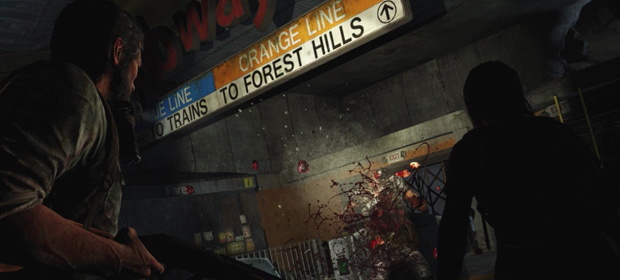This is a list that could easily have been 20 long, but we’ve narrowed it down to our favourite five single player experiences of 2013.
As we run down each position, our writers will have their say on each title, telling you exactly why they think each game is so good. We’d love to hear your thoughts and picks for this category too, so please leave comments at the end of the article. In reverse order then, let’s get it on!
5: A Link Between Worlds (Nintendo, 3DS)
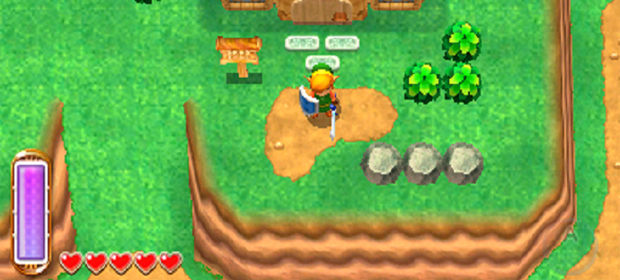
Micheal Murphy: I bought a 3DS solely to play this game. Whether or not this purchase was a good or bad idea in the long run, time will tell, but A Link Between Worlds did not let me down. Having been a life-long Zelda fan and having poured a substantial amount of youthful hours in to A Link to the Past, I couldn’t wait to dive in to this spiritual sequel to the SNES classic.
Sure it’s ‘more of the same’ and yeah it borrows a hell of a lot from A Link to the Past, but that’s to be expected with the series, there are only a certain number of ways I can unite the triforce and defeat Ganon. This is a fantastic title and a stand-out classic in the long history of Link. The addition of the 2D wall painting mechanics and access to your full arsenal from the start did shake things up enough to make this one to remember. It’s a beautiful game both in terms of looks and gameplay and although it caters a bit more to newcomers to the series, it was a pleasure to revisit the classic Hyrule I grew up with.
4: Grand Theft Auto V (Rockstar, Multi)
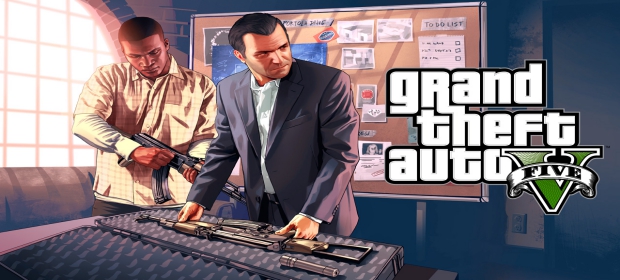
Micheal Murphy: There aren’t many games that can generate the hype a new GTA title can. And there are even less than can live up to that hype. Fortunately GTA V is a masterpiece, albeit a slightly flawed one. The triple protagonist approach was perfectly implemented and an excellent change from the norm in the series. It may not have been the perfect trio (who the hell liked Franklin?) but playing a game from 3 perspectives was quite a unique experience.
The missions were typically crazy, even for a GTA game, but the game really shined during heists, with careful planning and setups spanning multiple missions. The scale and diversity across Los Santos county was spectacular and the world truly felt like it was alive. The sheer amount of activities, secrets and hidden easter eggs outside of the main story means that you can pour days into this game and still not see it all. But man will you have fun trying to.
3: BioShock Infinite (Irrational Games, Multi)
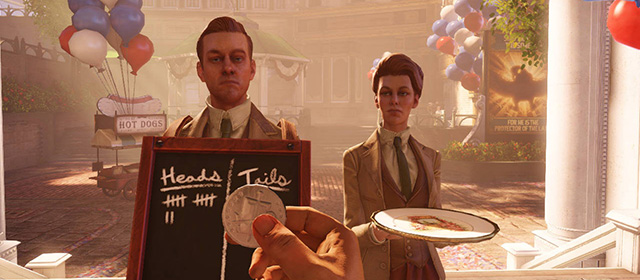
Mike Stubbs: If there is one type of game I love more than any other, it’s a story driven single player game. I’m not overly fussed about combat, mechanics, or graphics. If a game has a great story; I’m sold. Looking back, there may have been a few plot holes and inconsistencies, and sure some things could have been explained slightly better, but for the time I was playing I loved every second of the story and the ending. Well, the ending was a jaw dropping moment.
Booker and Elizabeth are great characters and the supporting cast is just as strong. The voice acting from Troy Baker and Courtnee Draper is perfectly executed and creates an emotional connection between the player and the characters. The gameplay is great fun and the world of Columbia is fascinating to explore, but when the dust settles, Infinite will be mostly remembered for one thing, and that is its story.
Sean Smith: You don’t buy Bioshock to mess about online – you want that unnerving, innovative single player experience, exploring your disturbing environs and lapping up every last drop of nerve shredding atmosphere. As a single player FPS, Infinite delivered in spades.
2: Tomb Raider (Crystal Dynamics, Multi)
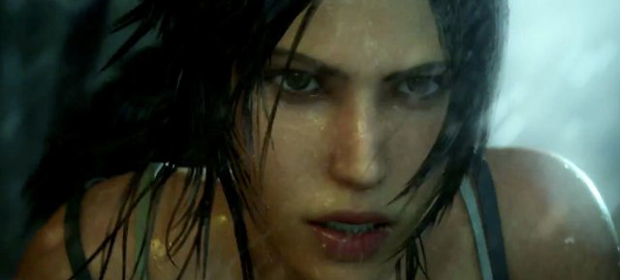
Robin Parker: Although there is a multiplayer mode in Tomb Raider, it is very much tacked-on and doesn’t maintain the true feel of the series. This is primarily a single player experience, and as such, most of the development time and care has clearly gone into making it a deep and compelling solo title. The game is oozing with atmosphere and much of it moves along at such a pace that you won’t want to stop playing. The story is gripping and the gameplay so action-packed, that you keep wanting to push on and get further into the title.
Then there are, of course, other layers to add to the single-player experience. As Lara grows as a person and goes through some radical, life-changing events; so the player levels up and learns new skills and actions to make use of in gameplay. The action evolves as Lara does, both in terms of gameplay and atmosphere, with Tomb Raider becoming darker and more visceral as it builds towards its inevitable climax. The game really feels like a journey for the gamer as much as the protagonist.
Mick Fraser: The narrative in the Tomb Raider franchise as a whole has usually been fairly throwaway, more a way to contextualise Lara’s globe-trotting T-Rex-killing adventures than to provide a coherent story to follow. While the story to Crystal Dynamics’ reboot isn’t much better, its shortcomings are shielded by one of the year’s most powerful and relentless single player experiences. Lara’s transition from plucky rich girl to hardened, blood-spattered killing machine is a brutal baptism of fire as she is stranded on a mysterious island and must harness a strength of character she never thought she had to survive.
With mechanics seemingly “borrowed” from Uncharted and various Ubisoft games, Tomb Raider 2013 is a fantastic and compelling action-adventure that buffets you from set-piece to set-piece, gives you a protagonist you cannot help but root for and a plot just thrilling enough to keep you hooked and guessing all the way to the end. The multiplayer may be a tacked-on yawn-fest, but Tomb Raider’s single player campaign is utterly essential.
1: The Last of Us (Naughty Dog, PS3)
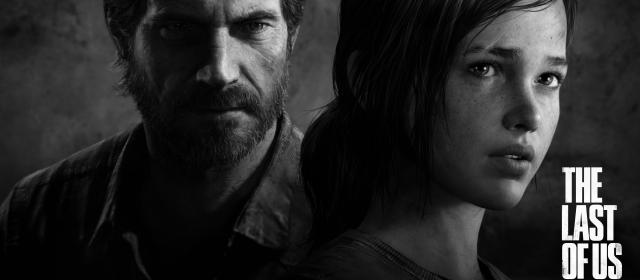
James Bowden: A great single player game needs to be indulgent. Multi-player games are where we run around like headless dodos and get lost in sheer anarchy for about ten minutes at a time, but single player games should be designed to be taken at the player’s pace, and The Last of Us absolutely was.
The Last of Us is a game that revelled in the player’s presence. It hid handy collectibles everywhere, left notes about the world wherever possible, and was constantly serving the player. It was designed to make sense, too. Encounters with enemies were swift and brutal, but also sparse. Joel was a killer, but he didn’t kill in unbelievable excess. The Last of Us wasn’t fussed about speed either, it was far more concerned with letting you live a good story, in giving you solid combat scenarios, and letting you lose yourself in its grim plant-ruled future.
The Last of Us was a game that let the player set the pace, and that was a pleasant and welcome offer.
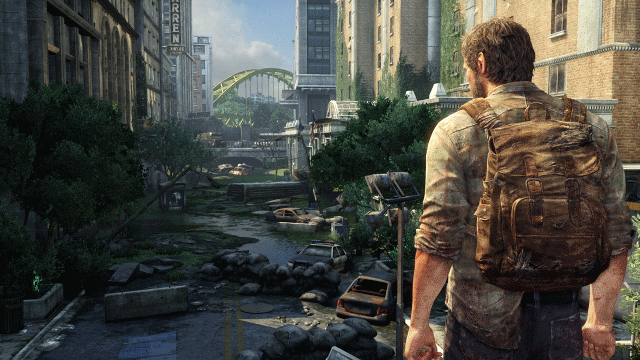
Ben Skipper: Players never felt safe in The Last of Us. The beauty of its combat system was a precariousness that wrought every moment with danger even if you consider yourself to have mastered how it works. There’s desperation in Joel’s every swing of a pipe and frantic stabbing of an infected neck. It’s as focused a single player as you’re ever likely to play, and it tells one of gaming’s greatest stories to boot.


